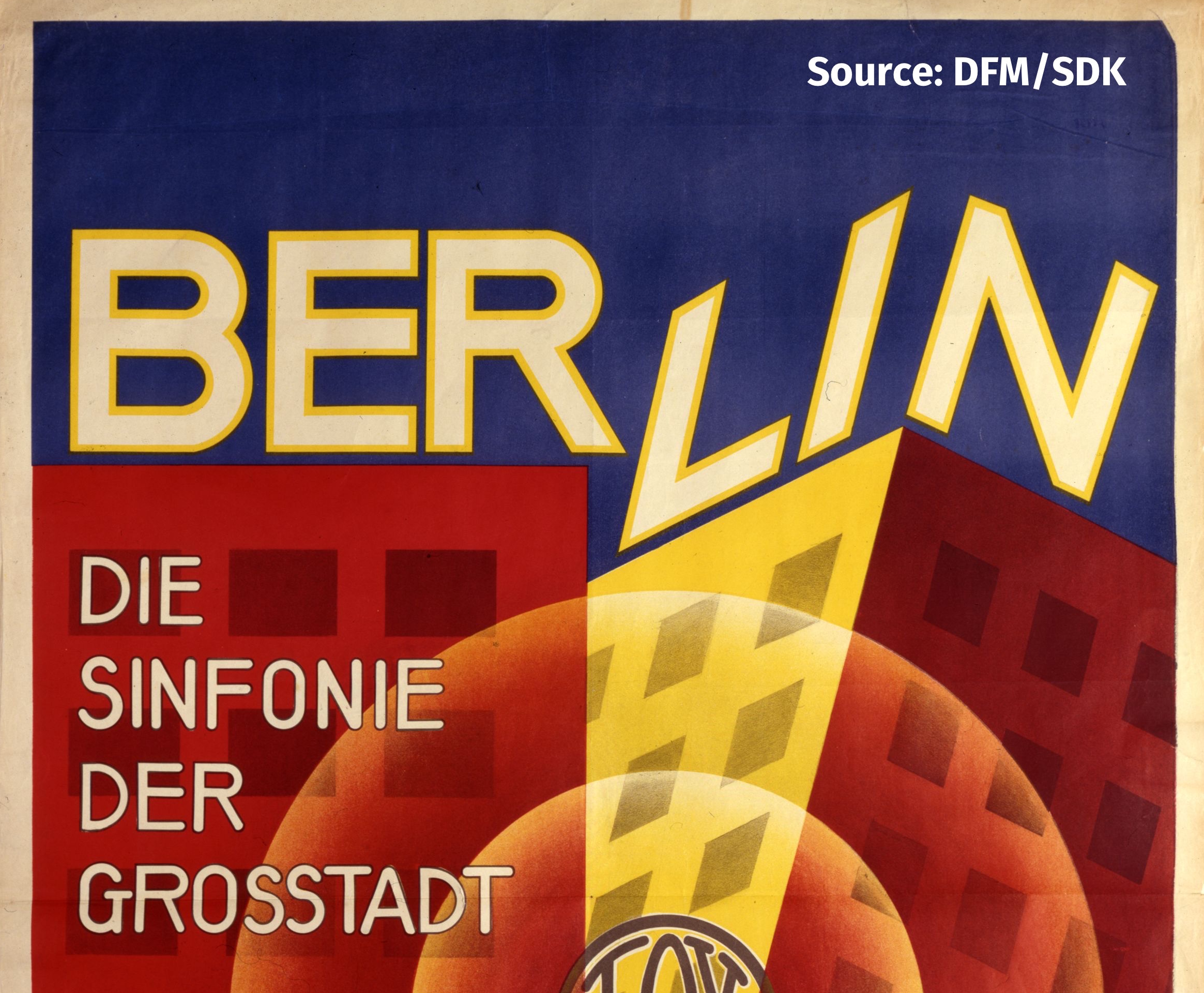BERLIN: SYMPHONY OF A METROPOLIS was considered a revolutionary, avant-garde film experiment in its day. Today, conversely, this silent-film is considered a classic in film history. It illustrates one single day in the metropolis Berlin and is absorbed with the lifestyle of the 1920ies. His fascination with the typical characteristics of the golden 20ies, a fast moving city, vibrant and full of life is portrayed with excellence.
A film without a cast of actors, in which the main character is the colossal city Berlin. Life and daily activity were partially filmed with a hidden camera. Edmund Meisel’s music was composed specifically for this film. According to the composer, the music attempts to objectively use rhythm and melody from every sequence of events and combine it with this already musically developed film.
The external framework is the life of the metropolis from morning until midnight. At first, one senses the atmosphere of the city; The station, the dawn, Berlin! Gradually it awakens. The earliest workers sparsely populate the streets. It grows in a crescendo, highlights fall on the centers of morning life, on stations, factories, road junctions. Characteristic types are captured everywhere. The train rolls into Anhalter Bahnhof. Midday arrives, evening arrives, again and again the objective fits to situations full of life, stealing the heart of them. The photographer penetrates all areas, all districts, all social classes. Night falls, sections from the dark existence of Berlin, flashes of light over the darkest periphery. Until the night gently covers over this incomparably seething life with its calm veil of stars.

